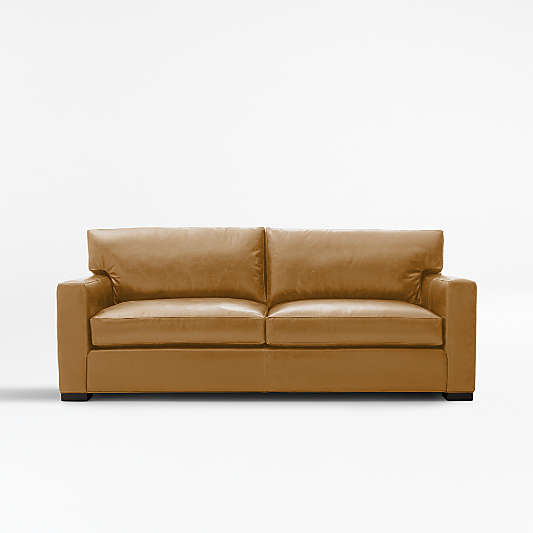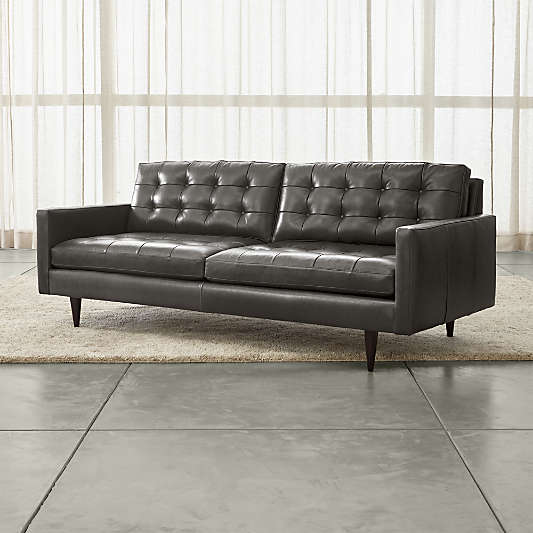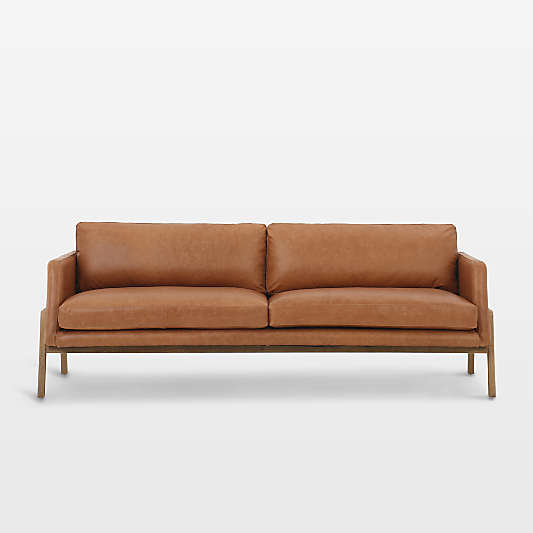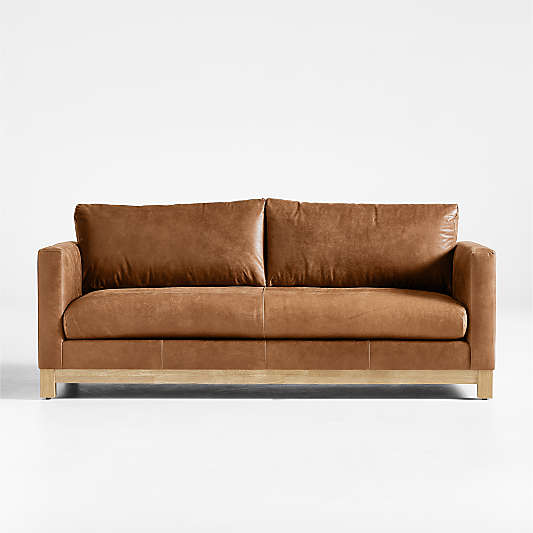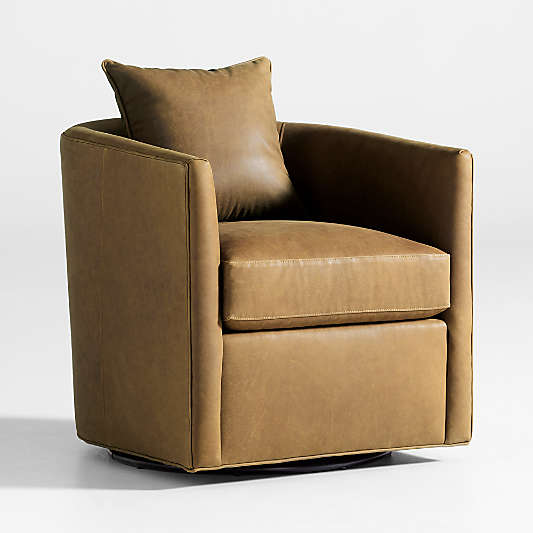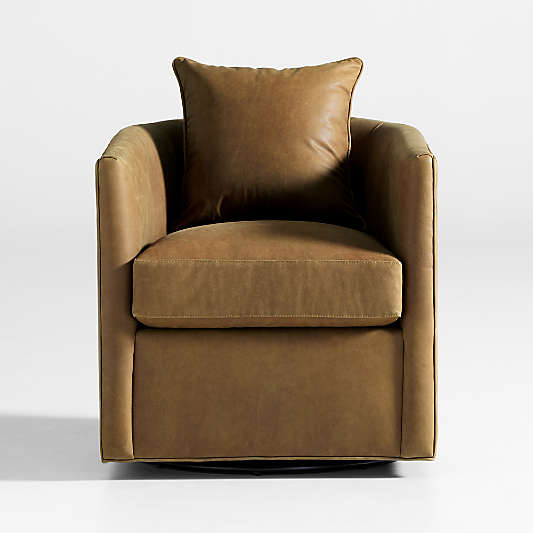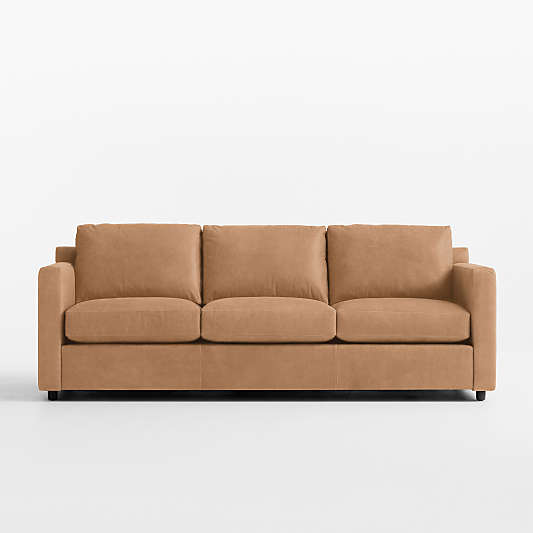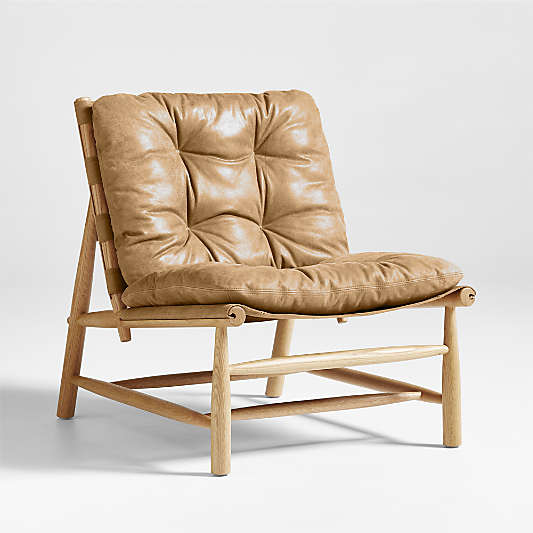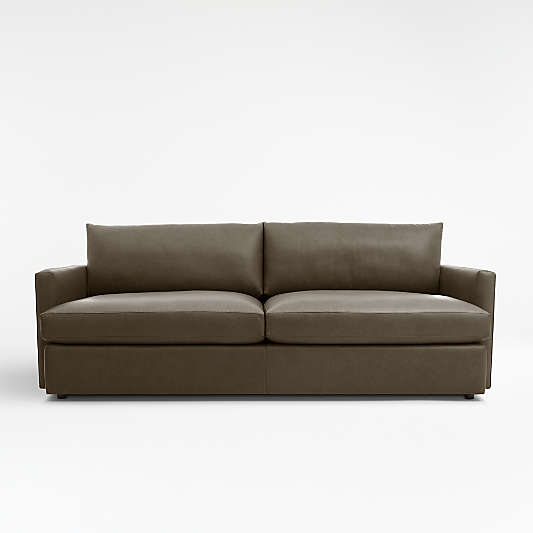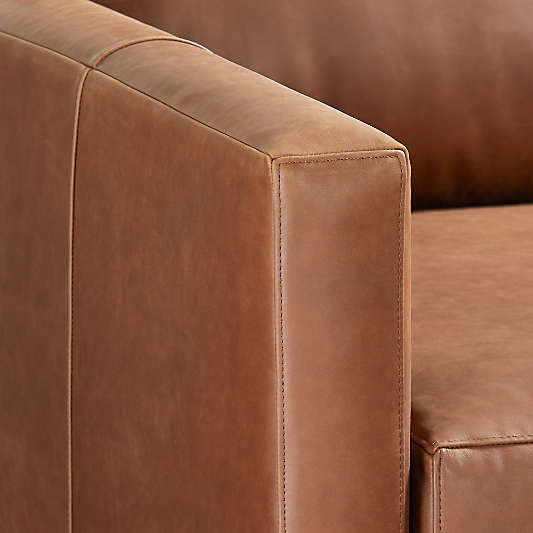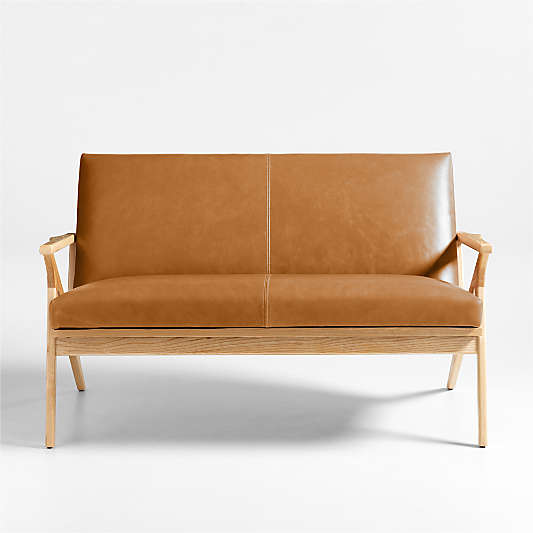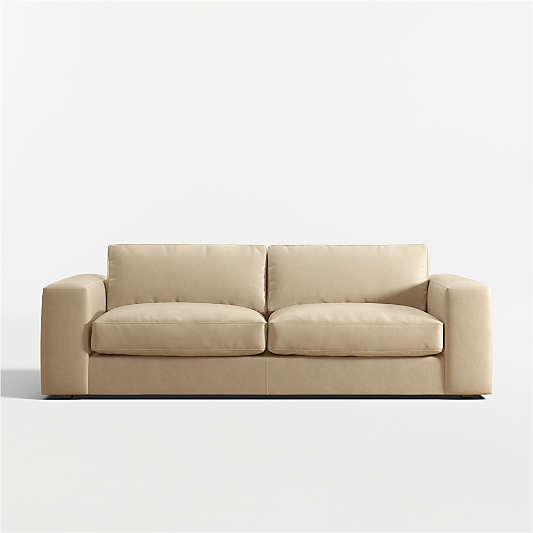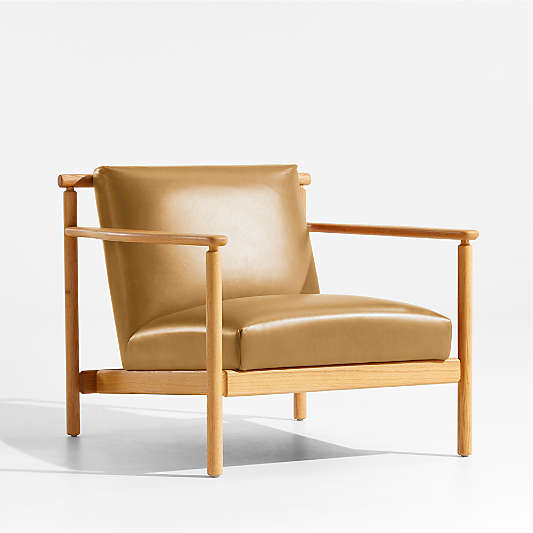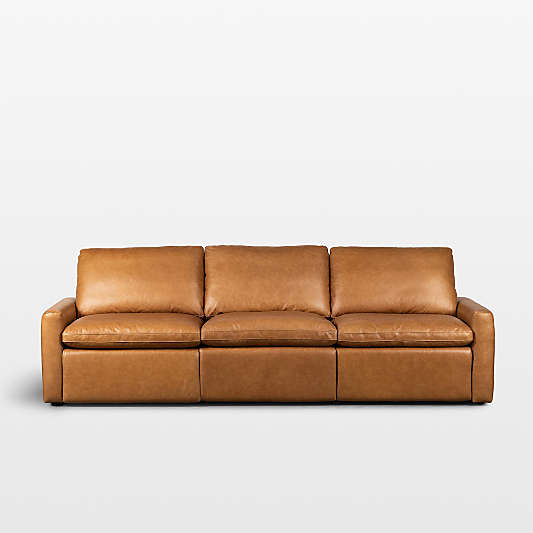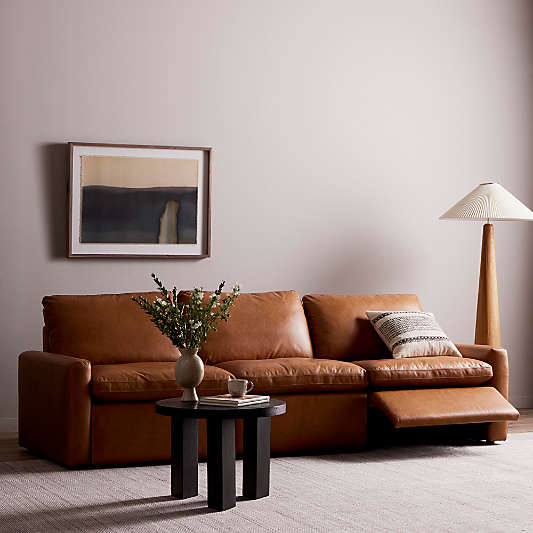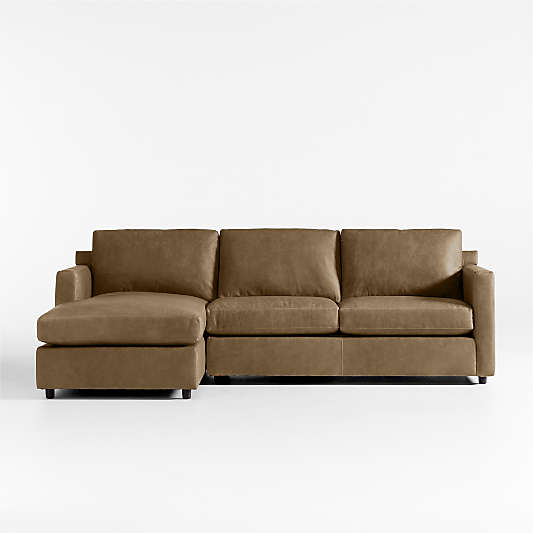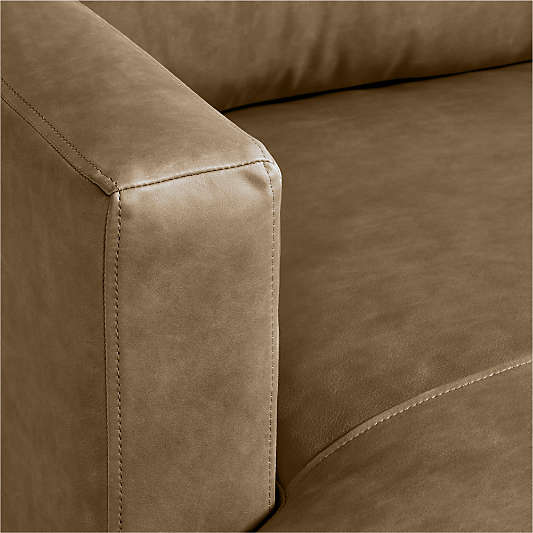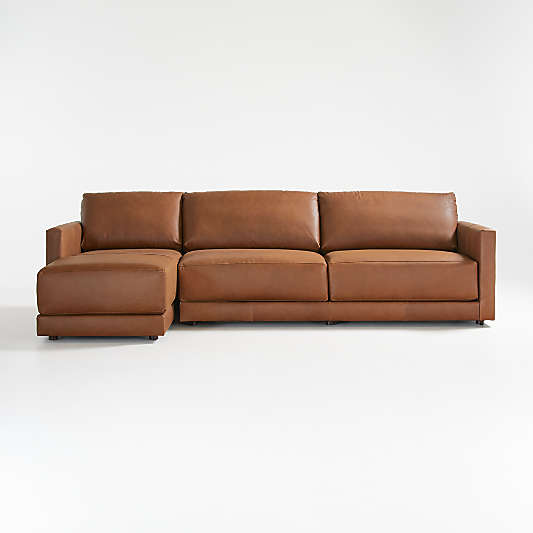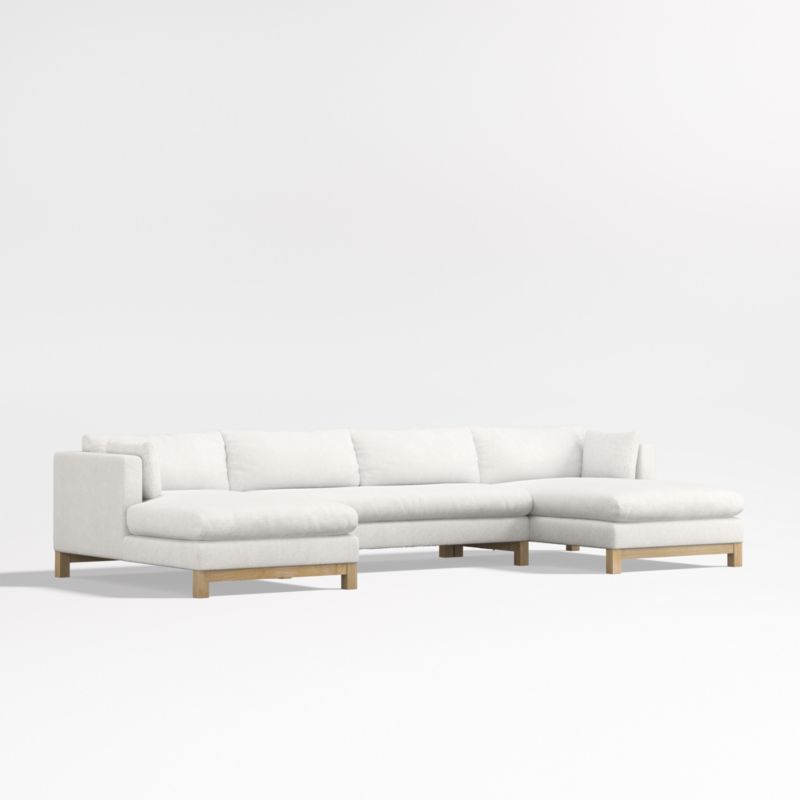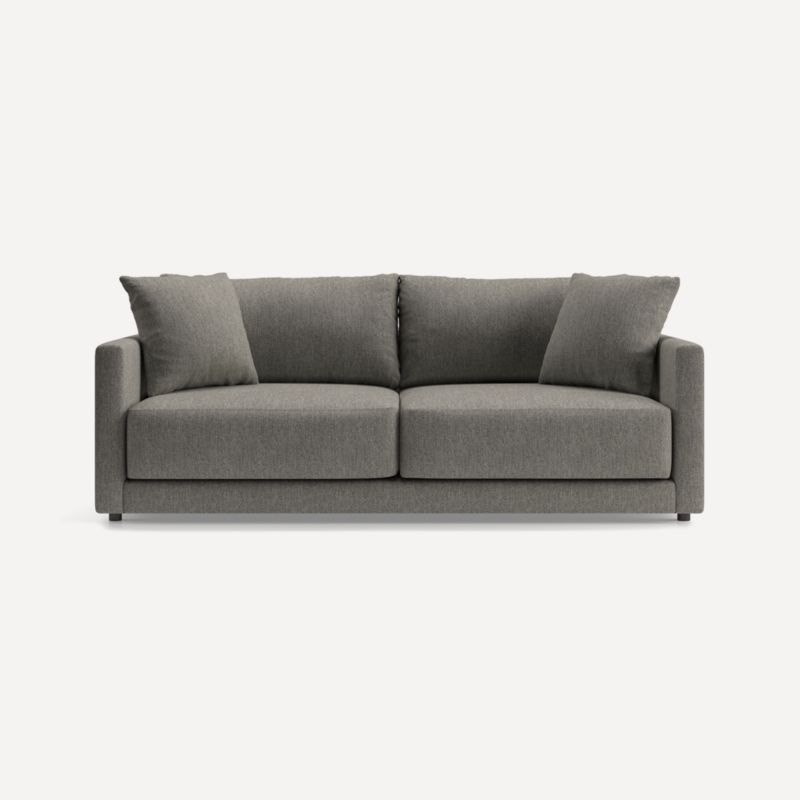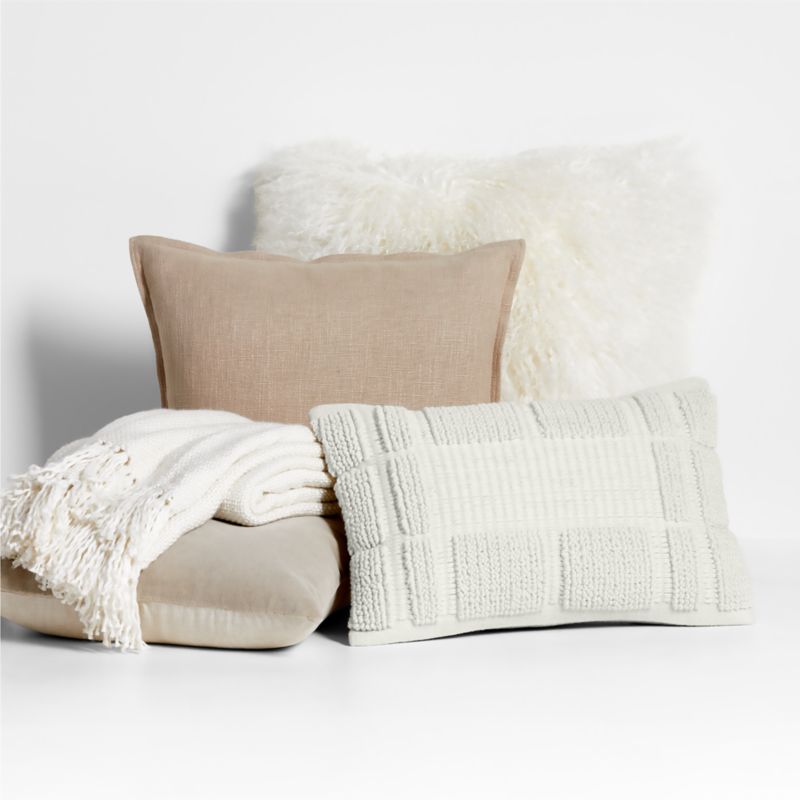6 min read

Leather furniture is the ultimate statement piece for your modern space, instantly elevating any room with its timeless appeal. Beyond style, there are many practical reasons to choose leather: it's easy to clean, durable and doesn't attract dirt or pet hair (Goodbye allergies, hello new puppy!) To maintain the beauty of your new leather upholstery, keep in mind these essential leather care tips and cleaning methods.
-
types of leather furniture
Before we jump in, it’s important to understand the different types of leather upholstery. This will impact the type of leather cleaner, protectant and conditioner you’ll need in order to maintain your furniture.
#1: full-grain leather
Full-grain furniture, like our exclusive Pacific leather collection, is the highest quality option available. Full-grain leathers are truly next-level indulgent thanks to a winning combination of attributes. Natural markings and grains are visible with this premium option, giving it unmatched authentic beauty. Plus, an intact grain provides exceptional durability and allows the leather upholstery to patina gracefully over time.
#2: top-grain leather
The top-grain material featured in our Axis leather furniture and Oceanside collections has been buffed to a smooth, uniform finish without natural imperfections and has a more sleek, modern look than full-grain leather. Yes, this removal of the outer grain changes the appearance of the leather, but top-grain leather gains character over time just like full-grain, and is considered just as durable and high quality.
#3: full-aniline vs. semi-aniline leather
Both full-grain and top-grain leather can be either semi-aniline or full-aniline. But what does that mean? Our high-quality leather furniture is stained to enhance the hide's authentic appeal, resulting in what is known as 'aniline leather.' Full-aniline leather showcases all the beautiful details and color variations of the hide, while semi-aniline leather offers a more uniform finish, minimizing some imperfections.
-
how to clean leather furniture
Periodical upkeep is crucial for maintaining the luxe look and longevity of your leather seating. Whether you’re doing routine maintenance or addressing a big spill, remember these tips for cleaning leather furniture the right way.
1. remove dust & dirt weekly
Daily dirt and grime may not be noticeable at first, but if you don’t address it, it can build up on your leather furniture, couch or leather sofa and become harder to remove. With that in mind, dust your furniture with a soft, dry cloth or microfiber cloth to combat buildup and remove loose dirt once a week. Next, we recommend using a soft brush vacuum attachment to reach crevices and seams. These hidden spots are easy to forget!
2. only use specialized cleaners
Not all cleaning solutions are suitable for leather. To avoid damaging your leather furniture, steer clear of bleach, ammonia, acetone, window cleaners or alcohol-based products. Instead, use a pH-balanced leather cleaner. Frequent cleaning with solutions is not recommended, as it can strip away essential protective oils and wax. Sometimes, a little friction with your fingertips is all that's needed to remove scratches.
3. clean up spills immediately
Some liquids will initially be repelled by the leather, but if left standing, big spills will be absorbed. When spills happen, immediately use your best leather furniture cleaner or a damp, warm cloth to blot the stain. Keep blotting until the stain is no longer visible when the leather dries. If this doesn’t work, mix mild soap with warm water and blot again, then dry with a cloth. For stubborn stains, use a slow, light, circular motion to remove them, but never scrub. Scrubbing can damage the protective finish, making the leather vulnerable to cracking and scratching.
3. do a deep clean every month or so
There’s something invisible seeping into your leather furniture every day, and you won’t even notice it. Oils build up on leather furniture over time, but they’re easy to miss because the process is slow and subtle. About every other month, deep clean the entirety of your leather furniture to remove oils and extend your investment’s lifespan. Simply apply a leather couch cleaner or warm water to a soft cloth and gently rub the cloth onto the leather in a circular motion.
-
how to keep leather furniture looking fresh
Yes, periodic cleaning is crucial for maintaining the beauty and longevity of leather upholstery. However, there are other steps you can take to combat normal wear that don’t involve cleaning at all.
1. rotate seat cushions every three months
Everyone has their favorite spot on the sofa or that one chair they can’t avoid sinking into because it’s so comfy. To evenly distribute wear, remove your leather seat cushions and back cushions and rotate them every three months. Just swap the positions of the left cushions and the right ones and give each one a good fluff. Easy!
2. don’t underestimate the power of accessories
Decorative throw pillows and throw blankets are two stylish ways to prevent oils from skin and dirt from coming into direct contact with the cushion back, seat and arms of your leather furniture. They essentially act as barriers. Investing in a throw blanket is particularly important if you allow your furry pals to snuggle into your seat cushions, as it blocks fur and more from touching your leather furniture.
3. control your home’s climate
Leather is sensitive to extreme temperatures and humidity levels. Ideally, you should keep the temperature of the room your leather furniture is in between 60°F and 77°F and ensure the humidity level is between 40% and 60%. High humidity can lead to mold growth and high temperatures cause cracking, while low humidity and temperatures can cause the leather to become dry and fade.
4. avoid exposure to heat
Extended exposure to sun streaming in through windows and exposure to radiators will increase the temperature of your leather furniture, causing the leather to dry out, crack or fade. Maintain at least two feet of free space between your leather furniture and your radiator and install curtains or blinds so you can block the sun when it’s at its hottest.
-
how to condition leather furniture
Leather conditioning involves the application of a leather conditioner that contains oils and waxes that moisturize and nourish the leather to prevent drying, cracking and fading. When applied correctly, the conditioner could even return your leather furniture to its original condition. Here’s how to choose the right products and apply them.
1. choose the best leather conditioner
Only use high-quality leather conditioners that specifically say on their packaging or website they’re approved for use on leather upholstery. We recommend reading customer reviews online to learn how the conditioner performed in a real home. Seek out reviews with photos, too. Before and after photos are the best way to truly understand the effectiveness of the conditioner you’re considering.
2. apply the conditioner like a pro
Apply a small amount of the mixture to a soft microfiber cloth and do a test on an inconspicuous area to ensure your solution doesn’t cause discoloration. If things are looking good, gently rub the solution all over and polish your leather furniture in circular motions. Let it sit for a few hours, or overnight, before removing the excess with a clean, dry cloth. Repeating this process twice a year is the key to keeping your leather furniture in great condition.
SHOP ALL LEATHER FURNITURE





